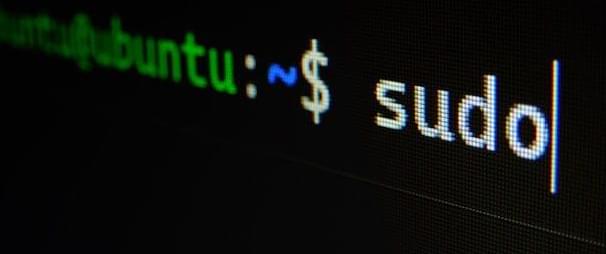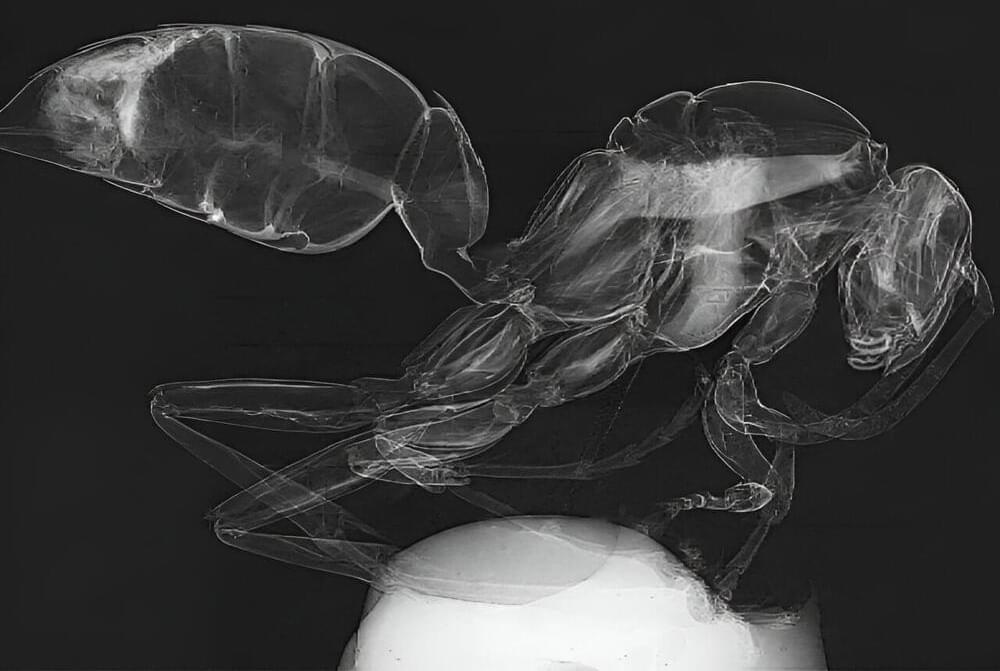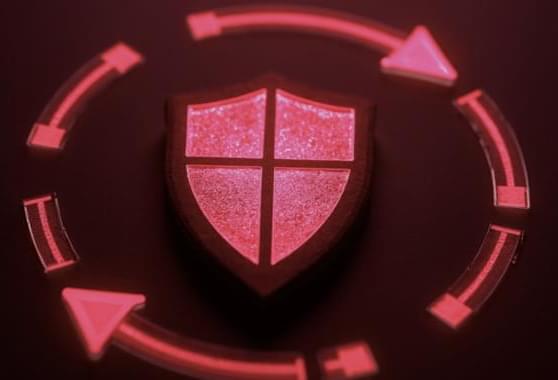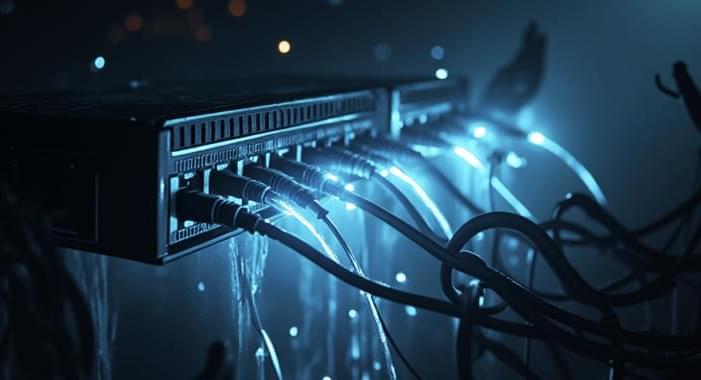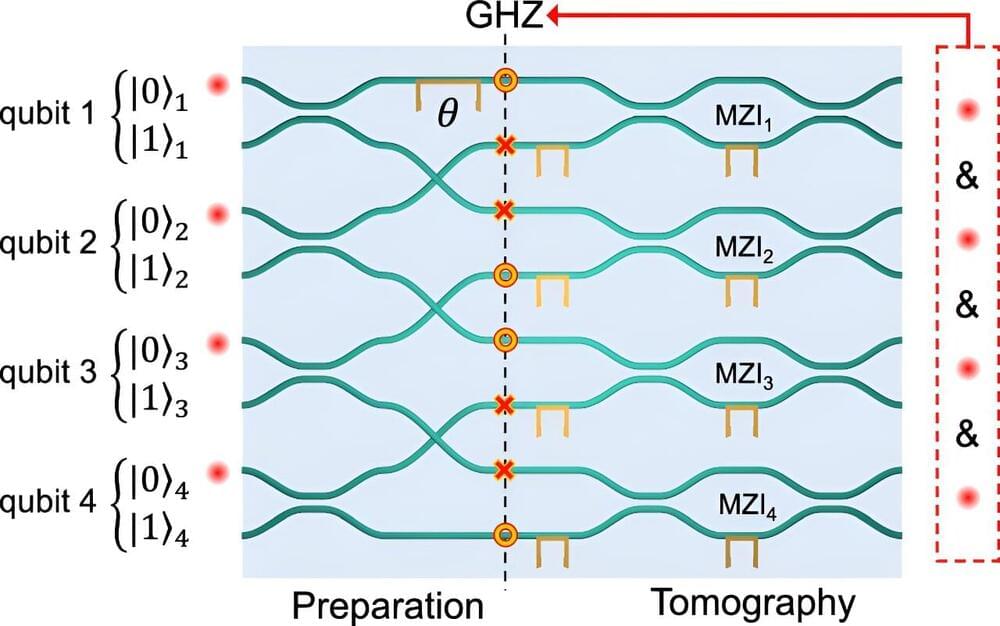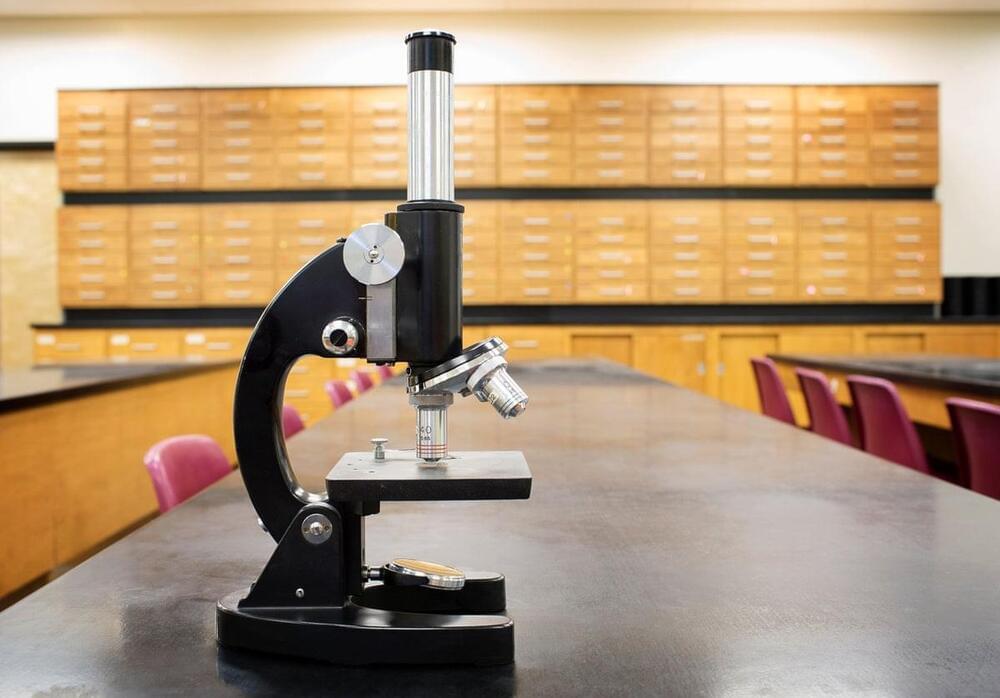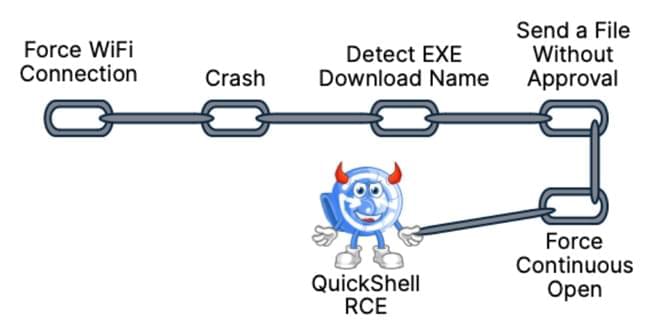According to user reports following this month’s Patch Tuesday, the August 2024 Windows updates are breaking dual boot on Linux systems with Secure Boot enabled.
This issue is caused by Microsoft’s decision to apply a Secure Boot Advanced Targeting (SBAT) update to block Linux boot loaders unpatched against the CVE-2022–2601 GRUB2 Secure Boot bypass vulnerability, which could “have an impact on Windows security.”
“The vulnerability assigned to this CVE is in the Linux GRUB2 boot loader, a boot loader designed to support Secure Boot on systems that are running Linux,” Microsoft says in an advisory published last week to address this issue.

